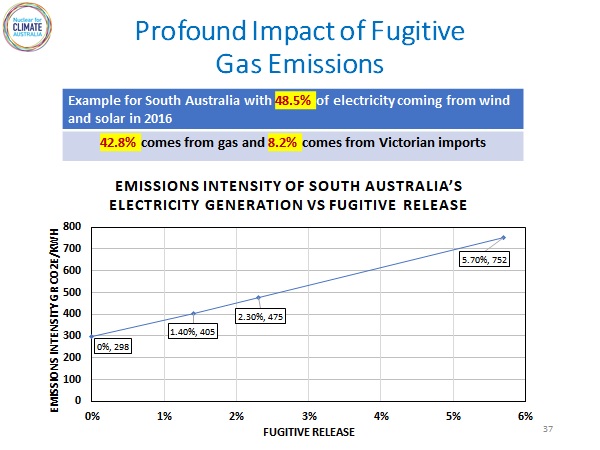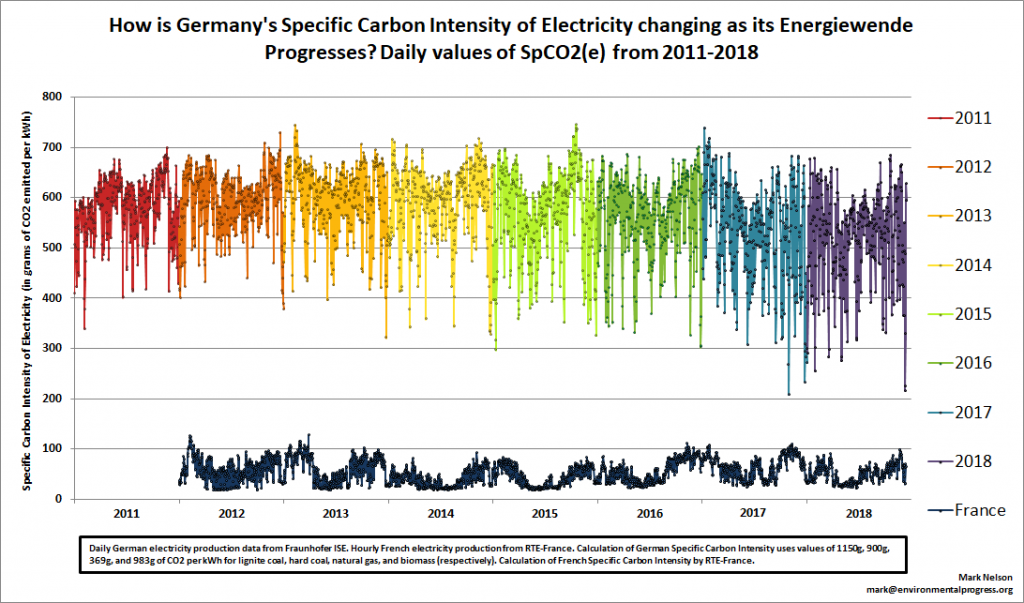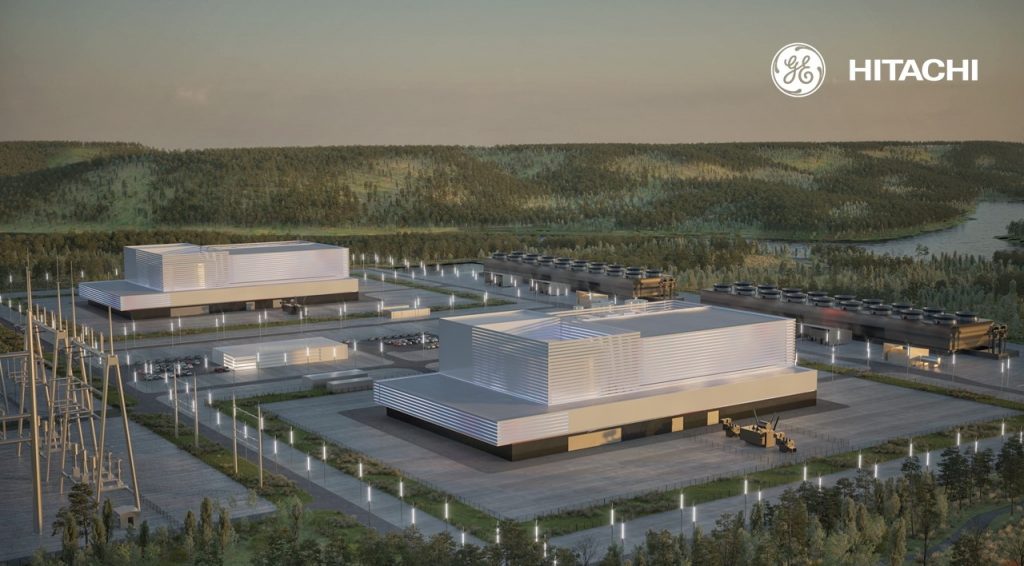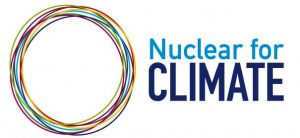10 Nov Dear Minister – We Need Real Emissions Reductions in NSW
The $32 billion renewables plan for NSW announced by Energy Minister Matt Kean would, if implemented, consign our state to high power prices with only a modest reduction in carbon emissions. If directed to nuclear energy it would fully decarbonise the NSW grid and provide low cost, reliable energy 24/7.
The NSW Energy and Environment Minister is proposing to:
- Assist the private sector in developing 12 gigawatts (GW) of VRE (variable renewable energy) and 2 GW of pumped storage.
- Provide out of market assistance to VRE in the form of floor prices on energy, land leasing assistance, power purchase guarantees and subsidies to pumped storage projects.
- Facilitate the delivery of 12 Gigawatts of VRE and 2 GW of pumped storage.
Figure 1 – Comparison of residual load at different levels of VRE
In the last 12 months NSW generated 63.62 terawatt-hours (TWh) of electrical energy (not including roof top solar). Of this 55TWh came for fossil fuels – mainly coal.
On a yearly basis the 12GW of VRE will generate about 30.8TWh or 56% of the energy currently generated by fossil fuels. Problem is that at high levels of VRE as shown in Figure 1 the coal must try to ramp down or “steam off” – keep burning some coal but dump the energy if VRE is to have priority access. The gas turbines take an opportunistic approach. They supply to match the huge ramp rates caused by wind and solar fluctuations and make a financial killing. VRE is an invitation to Gas.
Coal plants can’t leave the system – they must supply energy throughout the evening periods because the pumped hydro at 2GW is not sufficient to meet instantaneous after-hours demand. As we have seen in Western Australia with increasing solar PV, they have been forced to keep the existing state-owned Synergy going with payments of $656 million in 2019 and a further $700 million in 2020. Works out at $700 per family per year or about $19/MWh.
This is where NSW is headed. A system reliant upon VRE is like a juggler keeping many balls in play. The system needs to balance:
- Gas turbines and fast start diesel engines to match huge ramp rates caused by VRE.
- Gas and coal to keep the lights on at night and during wind droughts shown in the following image.
- Ancillary services such as spinning capacitors and batteries to provide voltage and frequency control.
- Pumped storage to the degree this is possible in a drought prone land.
- Very large grid expansion to allow all these varying generators to meet the demand
- And if all else fails then we “put up the white flag” on our economy and revert to demand response from industry.
Carbon Emissions reductions.
Advocates of VRE forget that the reason for our energy transition is to reduce carbon emissions. Figure 2 shows that in South Australia where fugitive methane emissions are likely to be in the 1.4% to 2% range the actual emissions intensity is above 400 gr CO2/kWh while be should be aiming for less than 50 gr CO2/kWh.
Since the Rio conference, our governments have been well informed about the extremely low emissions intensity of nuclear energy. The evidence is clear. We see it daily in the emissions profile of France which generates electricity with an emissions intensity of only 35 gr CO2e/kWh in 2019 from a grid supplied with 75% nuclear energy. Refer to Figure 3
Despite this stark example, within Australia the ongoing sway of the Variable Renewable Energy message is very strong. No nation has achieved emissions reductions of the level required to address climate change using predominantly wind and solar. Studies carried out by MIT and the OECD consistently find that for deep carbon reductions systems that exclude nuclear produce electricity at twice the cost of those that include it.
The ultimate expression of this failure can be seen in policies such as the German Energiewende where despite spending some €150 billion up to 2015, the actual emissions reductions have remained stubbornly high. By 2025 it’s been estimated by the Düsseldorf Institute for Competition Economics (DICE) that over €520 billion will be spent in the electricity sector alone.
 Figure 2 – South Australian emissions
Figure 2 – South Australian emissions
To meet the goals of ecologically sustainable development and protect our natural environment we cannot afford to go down the exclusively renewables route.
 Figure 3 – French electricity emissions intensity vs German
Figure 3 – French electricity emissions intensity vs German
The Nuclear Solution
For Matt Kean’s $32 billion we could build 25 small 300MW nuclear power plants in NSW located on the existing grid with NO major grid upgrades.
They could fully decarbonise the NSW electricity system and generate all the 55TWh currently generated by gas and coal.
 BWRX 300 – 300MWe Small Nuclear Power Plant
BWRX 300 – 300MWe Small Nuclear Power Plant
These plants would have world class safety:
- Designed to mitigate loss-of-coolant accidents (LOCA) enabling simpler passive safety – Emergency Planning Zone EPZ limited to site boundary
- They will be competitive with the levelized cost of electricity of natural gas and renewables
- Passive cooling: designed to allow steam condensation and gravity to cool the reactor for a minimum of seven days without power or operator action – No Fukushima effect
- Quick Deployment: Deployable as early as 2027, thanks to proven know-how, supply chain, components, certified fuel and simpler construction techniques.
Where? In the upper Hunter to replace Bayswater and Liddell, in the mid North Coast at Eraring, Munmorah and Vales Point, in the west at Mt Piper and Wallerawang and a couple in the Illawarra
Please download this article here: NSW Nuclear Alternative
Robert Parker
Founder of Nuclear For Climate Australia
https://nuclearforclimate.com.au/
email: Rob.Parker@nuclearforclimate.com.au






George
Posted at 08:47h, 11 NovemberWould a petition help this message to the Minister?
Rob Parker
Posted at 11:03h, 11 NovemberYes it would and in fact any direct communications to the office of the minister would help. Even small groups of 3 or 4 like minded people help.
Greg Dean
Posted at 10:33h, 11 NovemberI support Nuclear power generation in NSW & all of Australia.
Peter Kemp
Posted at 19:08h, 11 NovemberWe should be asking: “Why isn’t the Institution or the Chief Engineer advocating for this?”
Rob Parker
Posted at 15:40h, 12 NovemberPeter
Regarding our chief scientist. He is in fact a supporter of nuclear energy but his role is compromised by his political masters
The Institution of Engineers has a nuclear group but it comes into conflict with the sustainability group which is ideological. Unfortunately the Institution of Engineers has a poor track record on leadership which is why I left them as a member.
Rob Parker
Posted at 15:41h, 12 NovemberGreat contribution from Colin Megson. Yes I agree that the BWRX 300 looks to provide an incredible opportunity.
PHIL SIMMONDS
Posted at 18:50h, 08 DecemberAn excellent review and submission . I hope the Minister and Department officials read it carefully and perhaps learn something from it.
The storage cited , in the renewables energy scheme, of 2GW would depend for its effectiveness or function on the actual final intended capacity. Presumably this is to on top of any new Snowy Hydro contribution. The Department “Road Map” indicates appears to identify a number of potential hypothetical Pumped Hydro sites. It’s hard to see these , if feasible at any reasonable cost, contributing significantly to grid beyond short term backup etc .
The matter of financing the Nuclear Solution is likely to crop up unfortunately : the Private Sector would likely object to it being very risky.
In the words of the late UK Prof David Mackay , (” Sustainable Energy Without Hot Air ” ) , the Nuclear Solution for low emissions proposed by NFC “Adds Up ” (unlike the NSW Govt Proposal, based largely on Wind, Water, Solar }.
Graeme J Sanders
Posted at 17:09h, 31 DecemberI am wholly in favour of nuclear power for NSW. It is a “no-brainer”.
But there is one issue which has not been addressed.
Unless you can provide an articulated strategy for dealing with the nuclear waste, you will gain absolutely no traction with politicians or the public.
By “an articulated strategy” I mean giving detailed and technically backed-up answers to the following questions: How much waste per annum? Estimated half-life? Where will it be stored? How will it be transported there? What is the storage technology? How proven is it?
This is just as important as all the other technical advantages which make nuclear energy a “no-brainer”.
Rob Parker
Posted at 19:39h, 01 JanuaryGraeme,
I agree that the public needs to be confident of a strategy for what I call “used nuclear fuel” – not waste.
I think however the “absolutely no traction” phrase is stretching it a bit. Nuclear energy currently has a favourable following which I think is north of 40% of the population and such a strategy has not been required to achieve this.
The objections to nuclear energy as a means of limiting emissions which comes from the Greens and their fellow travellers will continue regardless of resolving every technical issue they throw at it. For them, climate change is an opportunity to “get square” with capitalism. Their objection to nuclear energy stems from its effectiveness as a means of reducing emissions.
What these objectors really want is a system that puts the brakes on the economy and renewables achieves this agenda in spades.
Regarding the points you think need to be addressed:
Estimated half life is a complex concept given that the long lived radio-isotopes are alpha emitters. This radiation can’t pass through thin membranes and so placing it in containers prevents any contact with people. Of real concern from a public point of view are actually the short lived isotopes coming from fission products. These are gamma and beta emitters and their potential for impact upon people wouldn’t last more than 300 years or so. These are difficult concepts for the public to understand.
I think that Australia could base a lot of our strategy on the successful construction by Finland of the Onklo deep geological repository. This would give confidence to the silent majority.
I also think we could follow the lead set by Canada who would have high credibility with the Australian public.
I also think that we would look to use the first pass fuel from light water reactors as the fuel in fast spectrum reactors – this avoids the need to store the long lived transuranics and is the route that France, China and likely Japan are following. I think the USA will also eventually go down this route. We would still need underground storage of fission products and the real waste from the reprocessing industry.
This strategy will however require a well informed public to get their collective heads around the a complex issue – or develop a real trust in the scientists that are informing the.
Thank you for your engagement with this topic. Please keep the issues coming.
Eclipse
Posted at 12:07h, 07 MarchHi guys,
great article – but I’m wondering if Rob could please go into the blog settings and turn on the date function? Most readers don’t really care what time an article was published but are more interested in what month and even *year*. Articles can get old on this vast internet. Cheers!
Rob Parker
Posted at 08:05h, 13 MarchI’m looking into this time format but so far can’t find how to change it – will ask someone
Stephen Brickwood
Posted at 10:03h, 27 MayIf Australia cannot go Renewables, and we have 8 billion billion m2 of sunshine every day as we are in the same latitudes as the Sahara desert, then clearly the world cannot go Renewables. (m2 = 1kwhr each day)
If the world goes nuclear we need 100,000 SMR reactors world wide to stop CO2.
If electric vehicles then we need 3 times this number of new SMR POWER REACTORS.
87% of the world’s population is in dictatorships, which includes North Korea, Putin’s Russia, the Islamic lead extremist countries, many African countries, and many more.
So these ancient war fighting governments will need their own nuclear industries????
Extremely high qualified construction and operational will be needed.
Extremely long build out time will be needed.
Extreme amounts of money will be needed.
This huge investment can not be turned off before it has paid back its investors extreme profits. And so renewable technology development and roll out will be blocked.
Military costs in this new world must also be added to the nuclear power solution.
These are my concerns.